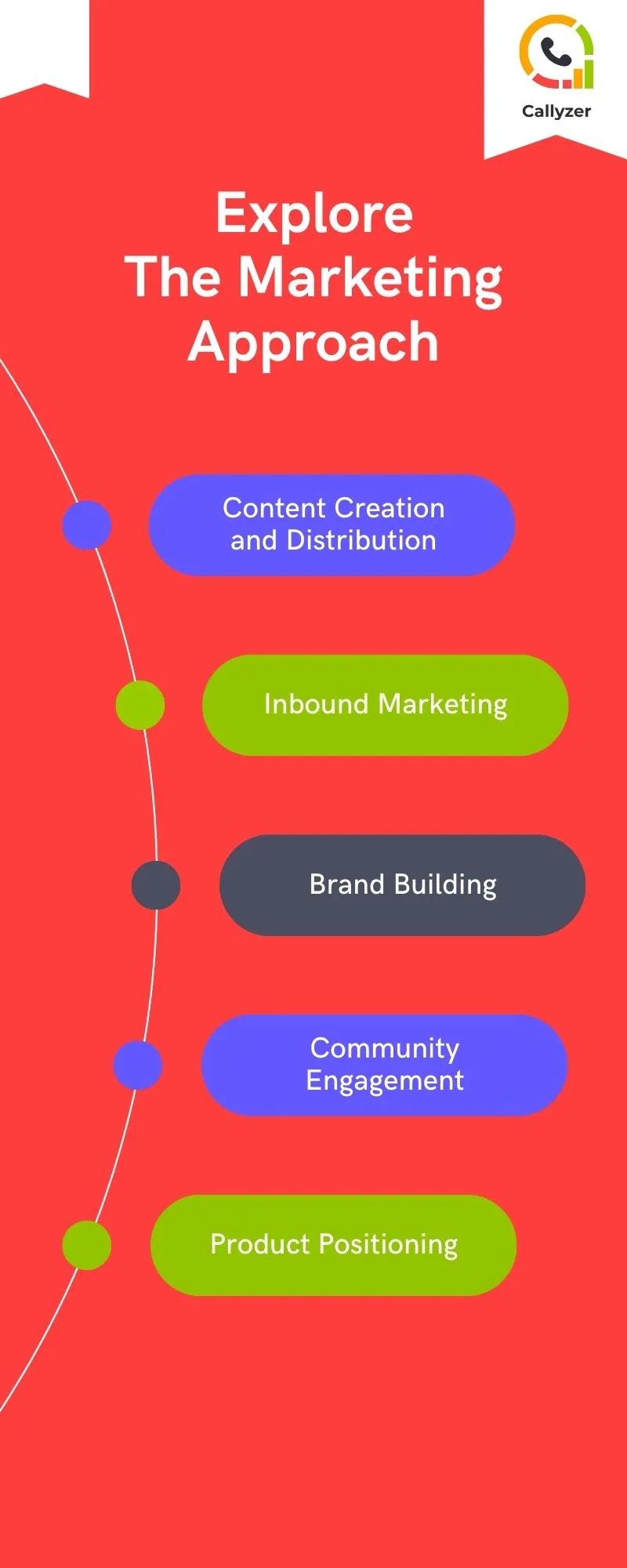In every business, two crucial parts work together: Sales and Marketing.
Sales and Marketing are like the heart of connecting with customers and making a business grow. Imagine them as partners, each with special strengths to reach the shared goal of getting and keeping customers.
Marketing focuses on the beginning stages, doing things like reaching specific audiences and creating interest. Its job is to make people aware of the business and grab their attention.
On the other hand, sales steps in later, working on the leads generated by marketing and making sure potential customers are happy.
This blog wants to explain the difference between sales and marketing. It looks into their goals, strategies, and how they team up to make a business successful. Understanding sales and marketing and seeing how valuable each is to a business can make a company perform better over time.
Understanding How Sales and Marketing Are Different
(Source: www.tenor.com)
Both sales and marketing aim to help a company make money, but they have different ways of doing it.
Let’s Explore The Marketing Approach

Marketing focuses on long-term goals and uses broad strategies to build the company's brand over time. Let's look at some examples of marketing tactics:
1. Content Creation and Distribution
It means making valuable content like articles or videos that connect with the target audience. The goal is to share this content on different platforms like websites, social media, or email so more people can see it.
2. Inbound Marketing
Inbound marketing is about attracting potential customers by giving them helpful content. It could be blog posts, social media updates, or making the company's website easy to find on search engines.
The idea is to pull customers in with useful information instead of pushing a product or service on them.
3. Brand Building
Brand building is about creating and reinforcing the company's image. It involves keeping messages, visuals (like logos and colors), and storytelling consistent. The goal is for customers to recognize and trust the brand easily.
4. Community Engagement
Actively taking part in online communities, forums, and social media platforms is a way to connect with the audience. It might mean answering questions, joining discussions, or sharing relevant content.
Building a community around the brand helps create loyal customers.
5. Product Positioning
Product positioning is about placing products or services in the market in a way that makes them stand out from competitors.
It could involve highlighting special features, pricing, or other things that make the product or service appealing to customers.
Let’s Explore The Sales Approach

Sales, on the other hand, looks at things in the short term and uses more direct methods for quick results. Let's look at some examples of sales tactics:
1. Cold Calling
Cold calling is when businesses call people who haven't shown interest in their product before. They make phone calls to introduce the product and get people interested.
2. Product Demonstrations
Product demonstrations are about showing potential customers the cool things a product can do.
It can happen in person or through online presentations, giving customers a close-up look at what the product can offer.
3. Negotiation and Closing Deals
This step involves talking with customers to understand what they need, addressing any worries they have, and finalizing the purchase.
Negotiating terms and conditions is an important part of making a deal.
4. Client Meetings
Having meetings with clients, either face-to-face or online, is important for building good relationships. These meetings allow for detailed talks about the product or service, addressing specific needs and understanding what customers like.
5. Customer Follow-ups
Keeping in touch with existing customers is key to keeping relationships strong. Regular check-ins help solve any issues, make sure customers are happy, and build long-term connections.
It helps in making customers stick around and come back for more.
Understanding these differences is crucial for businesses to manage their plans well. While marketing focuses on long-term goals to build a solid foundation, sales works on quick interactions to make money fast. Combining these approaches ensures success both now and in the future.
Understanding Sales and Marketing Process
Sales and marketing are really important for a business to do well. Each has its special steps that help the business succeed. Let's dive into these steps a bit more.
Let’s Explore Sales Process
The sales process is like a well-thought-out journey for businesses. They start by finding potential customers, building important connections, checking if leads are interested, and then guiding them through showing the product, handling concerns, and negotiating to make a deal.
After a sale, a strong onboarding process and staying in touch with customers help keep them happy and coming back. Let's check out each step more closely:
- Prospecting: Begin by creating a detailed list of potential customers and conduct thorough research to understand their needs and preferences.
- Connecting: Reach out to these prospects through various channels, using strategies such as cold emails or phone calls to initiate communication.
- Qualifying: Assess the leads based on their responses, needs, and readiness to make a purchase. This step helps the business focus more on leads that are most likely to become customers.
- Approaching: Once a lead is found to be a good fit, plan a face-to-face meeting or a virtual appointment to understand more about what they need.
- Product Demonstration: Present the product thoroughly, highlighting its features and advantages to help the potential customer fully grasp its value.
- Objection Handling: Listen attentively to any concerns or objections raised by the potential customer. The goal is to understand their point of view and effectively address their issues.
- Closing a Sale: Begin discussions, make a special offer, and work together to create a deal that makes both the business and the customer happy.
- Onboarding: After securing the sale, deliver the product or service and provide necessary support to help customers get started and feel confident in their decision.
- Following Up: Establish an ongoing relationship by offering post-sales support, ensuring customer satisfaction, and encouraging repeat business through effective follow-up.
Let’s Marketing Process
In marketing, businesses carefully study their market, group potential customers, and make specific plans for each group. It includes deciding how to show the product, creating effective ads, and regularly checking and improving how well things are going.
The aim is to make more people aware of the product, connect with the right audiences, and build long-lasting relationships by making sure the product meets customer needs. Here are the steps:
- Research: Do thorough research on the market to understand the industry, what's happening in the market, and the types of people who might be interested in the product.
- Segmentation: Sort potential customers into different groups based on their characteristics. It helps create marketing plans that are personalized and aimed specifically at each group.
- Strategy Development: Create a detailed marketing plan that fits each group, thinking about what they like and need.
- Positioning: Clearly state and highlight the special features of the product or service, making sure they match what the target customers need.
- Campaign Creation: Create and run marketing campaigns on different platforms, using methods like online ads, social media, and traditional media to make people aware of the product.
- Performance Evaluation: Regularly check how well marketing campaigns are working by looking at important indicators to see if they're reaching the right people.
- Fine-tuning Strategies: Based on how well things are going, make smart changes to marketing plans to make them work even better and connect more with the people they're meant for.
By taking a closer look at these steps, businesses can create a plan that combines sales and marketing in a way that works well together. It doesn't just help the business succeed right away but also sets the stage for growing over time and keeping customers happy.
Conclusion
In simple terms, when sales and marketing teams work together, it's like having a special recipe for business success. They share goals, make things easy for customers, use data wisely, and solve problems as a team. It's like everyone working together to make the business better.
Now, we also have cool tools like Callyzer, a telemarketing CRM software. It helps sales and marketing teams by giving them real-time information about their campaigns. This tool also provides useful data for telesales teams when they make calls.
Let's welcome the chances this teamwork gives us, using technology and shared ideas to make our businesses even better.
